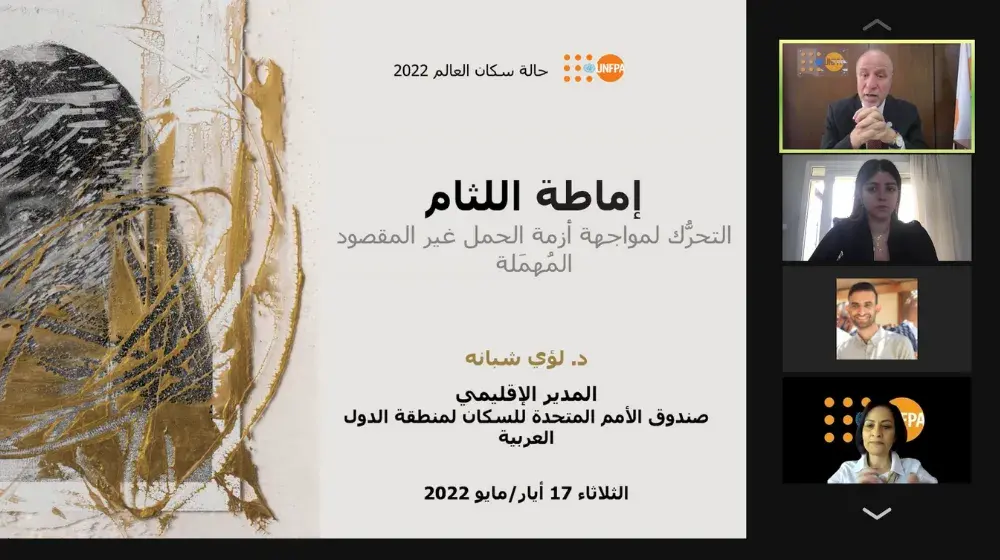Joint Statement of UNFPA Executive Director Dr. Natalaia Kanem and UNICEF Executive Director Henrietta H. Fore on International Day of Zero Tolerance for Female Genital Mutilation, 6 February 2018
Female genital mutilation is many things: A violent act that causes infection, disease, childbirth complications and even death. A cruel practice that inflicts lasting emotional harm and preys on the most vulnerable, least powerful members of society – girls between infancy and age 15. A violation of human rights that both reflects and perpetuates the low status of girls and women in too many places. A drag on the well-being of communities and economies.
Yet, it is also something that can be stopped.
Around the world, momentum to eliminate female genital mutilation is building. Political will, community engagement and targeted investment are changing practices and changing lives.
In countries where UNFPA and UNICEF work jointly to end female genital mutilation, girls are one third less likely to undergo this harmful practice today than they were in 1997. More than 25 million people in some 18,000 communities across 15 countries have publicly disavowed the practice since 2008. Globally, its prevalence has declined by nearly a quarter since around 2000.
This is good for girls and young women themselves; it is also good for their families and communities. Girls who are not subjected to the practice tend to grow up to be healthier and have healthier children. They are often better educated, earn higher incomes and are more empowered to make decisions about their own lives. Communities and countries that confront the harmful practice and commit to changing it reap commensurate benefits.
This is the good news. Yet, population trends in some of the world’s poorest countries where female genital mutilation persists threaten to roll back our progress.
By 2030, more than a third of all births worldwide will be in the 30 countries where female genital mutilation is practiced. Without accelerated progress to protect the growing number of girls at risk of this harmful practice in these countries, millions of girls could be cut by 2030.
It is unconscionable that these girls should be added to the 200 million women and girls in the world today who have already endured female genital mutilation. Who already bear the scars, or suffer related complications, or relive harsh memories of pain and betrayal. Nobody – not the girls, their families or communities – benefits economically or socially in unequal societies where such violence against girls is accepted.
We know how to change this. We have seen that rates of female genital mutilation can drop rapidly in places where the issue is taken on wholeheartedly – by governments, by communities, by families. Where social norms are confronted, village by village. Where medical professionals come together to oppose the practice and refuse to perform it. Where laws are enacted to make it a crime – and where those laws are enforced. Where wider access to health, education and legal services ensure sustainable change. Where girls and women are protected and empowered to make their voices heard.
The Sustainable Development Goals recognize that female genital mutilation undermines progress towards a more equal, just and prosperous world. They set an ambitious target of eliminating all such harmful practices against girls and women by 2030.
Given the rising number of girls at risk, this is a race against trends. But with increased investment and redoubled political commitment, with greater community engagement and more empowered women and girls, it is a race that can be won. And because it can, it must.
It is high time to eliminate female genital mutilation from the face of the earth forever. It is a task for all of us, and for our common future.


